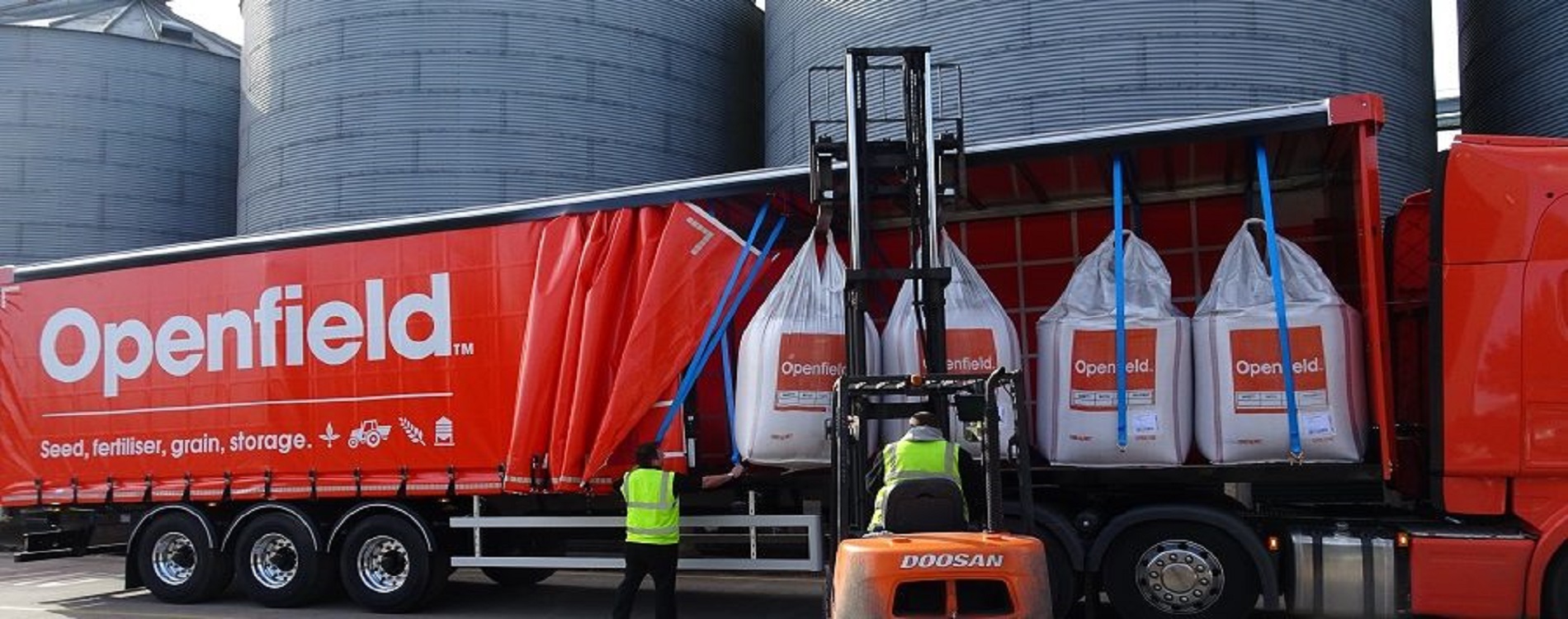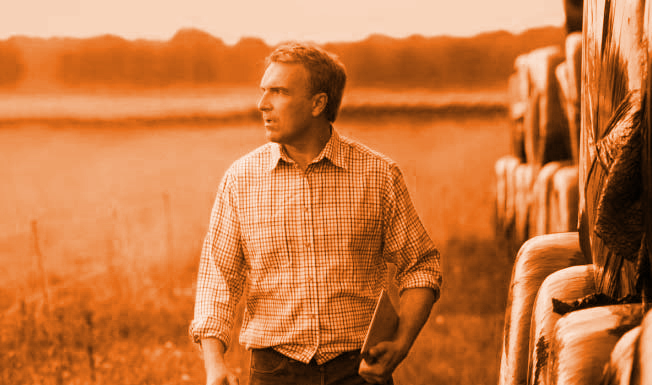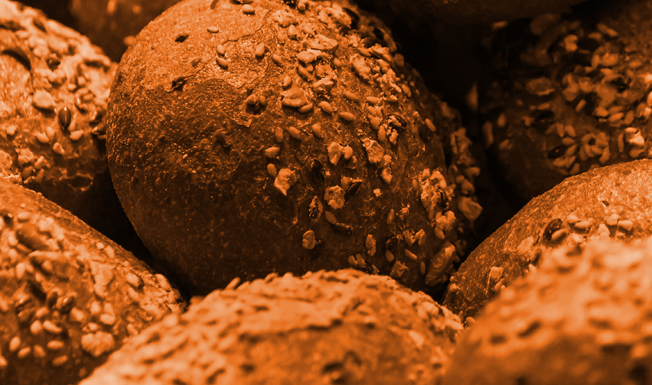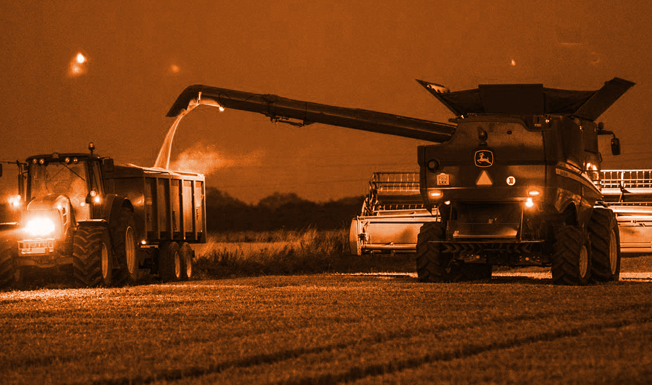Better buying, better selling – Dressed to impress
With oilseed rape facing a challenging autumn, every aspect of its establishment must be optimised, says Openfield, from variety information to the dressing that nurtures the seed. CPM reports on trials commissioned to ensure this.
Finding the right variety is like finding the right partner, and it’s the personality you’re after.
By Tom Allen-Stevens, editor of CPM Magazine.
At a time when so much in life has turned upside down, finding the new normal in how you select seed for this autumn’s crop will be a challenge in itself. For Lee Bennett head of seeds for Openfield, this makes it all the more important that growers get it right.
“When you’re selling seed, you’re influencing someone’s livelihood – it’s a decision that dictates how the rest of the season will run. So it’s a responsibility we take very seriously,” he says.
However, growers won’t have had the chance to visit trial plot open days this season and there won’t be a Cereals event to review the latest offerings. “This is the year that web-based tools such as Openfield’s Seed Selector will come into its own – it doesn’t just give you all the numbers with the ability to tailor the selection to your situation. It gives you an insight into each variety, to help you make the right choice.
“It’s not just about the numbers, though – finding the right variety is like finding the right partner, and it’s the personality you’re after.” Discovering a variety’s individual characteristics and matching them to the farm is what drives Lee and all the Openfield farm business managers across the business.
He recognises, however, that getting the individual advice required to make the right match can’t be delivered through an online tool alone. With the current lockdown offering no opportunity to carry out individual farm visits, the team’s been busy, says Lee, finding new ways to stay in touch with the 6000 growers in total with whom Openfield does business. As the largest farmer-owned co-operative, referred to as a partnership, which is about more than just grain, it sees itself as having a unique outlook on the industry, and a responsibility to its 4000 farmer members that goes beyond maximising value.
So what are the key changes that will influence variety choice this year? “For cereals, and especially wheat, next season will be the first without chlorothalonil. Good septoria resistance has always been a useful aspect to have. It’ll now become a core requirement,” says Lee.
“It’s not the same with yellow rust – that’s a disease you’ll never completely outfox with varietal resistance. Although it’s always worth selecting a variety with good rust ratings, you can never rely on them.”
With oilseed rape, the priorities have changed substantially he notes. “We were getting our OSR management down to the measure of marginal gains. But now the focus is on the fundamental aspect of whether we can get a crop established at all.
“This isn’t just about the OSR crop itself. Those with failed crops will suffer a knock-on effect on the whole rotation. While understandably many growers may have lost patience with the crop, I think it’s crucial to stick with it where possible. But it’s vital an OSR crop is given every chance to establish.”
With that in mind, Lee’s been conducting independent trials to seek out the best seed treatment to give the emerging crop a helping hand. “There are many products on the market, with many bold claims made of them, but it can be hard to sort the science from the snake oil. So I decided to carry out a bit of a beauty contest.”
Just over a year ago, Lee chose 18 different products and commissioned Dr Steve Rossall of the University of Nottingham to undertake a series of trials to independently assess their relative merit.
“Alongside Radiate and Matrix – our two existing standard treatments – we tried a whole range of commercialised and pre-market nutrient, carbohydrate or amino acid-based products, ensuring we covered the many different principles of crop biostimulation,” explains Lee.
While no products inhibited germination, most of the nutrient-based products showed only a small benefit over untreated. “I wouldn’t say the lines were flat, but you couldn’t draw a conclusion – there were no significant benefits,” he reports.
“But there were three clear winners – Sylas and the two coded amino acids. The physiological differences they made to the OSR plants were huge – it was like chalk and cheese.”
There were no statistical differences between these leading products, neither at germination nor early growth. But the net effect of using them was to reduce germination time by almost two days, while roots put on an impressive 70-75% extra growth over the first 26 days. In the drought tolerance test, plants treated with the nutrient-based products tended to hold out longer than untreated. But again Sylas and the amino acid products were clear winners.
“The beauty contest worked,” concludes Lee. “The worst performance of these leading products was better than the best performance of Matrix and Radiate. So we’d found our replacement, and we could be confident they’d offer growers a marked improvement on how their OSR crop would establish in 2020.”
Lee went back to the suppliers to find out a little more about the products. “Sylas comes from N Atlantic kelp, harvested off the French coast. It’s a seaweed-based product, filtered and distilled, made up of very complex sugars. Amino acids are proteins in their simplest form. It’s interesting that they’re chemically very different but produce very similar effects.”
So Lee began to wonder whether there could be a cumulative effect on early growth from combining the two. “There was a strong chance that the effect of a combination treatment would be greater than the sum of their parts. The only way to find out was to run some more tests. What’s more, we needed a commercially available and tested amino acid. Aryseed has a very make-up to the two coded products, so we decided to include this in the second set of trials.”
These took place in December last year. “The differences in the results weren’t as great as we’d seen in the previous trials as there was significantly less daylight, although this wouldn’t be a limitation at planting. But the patterns were the same,” notes Lee. “We saw the same clear benefits from Sylas and Aryseed performed as well if not better than the coded product.
“With the straight treatments, Sylas was the clear winner on germination speed, but Aryseed was no slouch coming clearly in second place. Aryseed led the way on root and shoot growth, but hot on its heels was Sylas,” reports Lee.
So what about the combination? “The results here were astonishing, with Sylas and Aryseed together outperforming anything else, especially in the low-temperature germination trials. It was the same in the drought-tolerance test – the pots from the combination treatment just kept going and going until we decided to call time on the trial,” he notes.
So for this autumn all OSR seed purchased through Openfield will include a dressing of Sylas as standard, with the option to include Aryseed at a small additional cost. The new biological seed dressing Integral Pro (Bacillus amyloliquefaciens – see Innovation Insight article) will also be included as a standard dressing. Testing is underway on cereal seed to identify similar products that Lee hopes to offer growers next autumn.
All Openfield’s seed passes through its state-of-art seed-processing plant, he adds. Although high throughput, there’s full traceability through the system, and the two seed-treatment units can apply any combination of available seed dressings to a customer’s specific requirement. “Every hour we’re also taking samples to ensure continuous quality control – that gives us a qualified sense check we’re delivering the standards a grower would want,” he says.
“Over the past two years, the seed market has changed significantly in terms of what the product is dressed with, but the Openfield values around quality and service haven’t changed. Our focus is to deliver seed to the grower that’s oven-ready and top performing and we don’t do half measures. That goes as much for the quality of the advice as the quality of the product,” says Lee.
Efficacy of seed treatments trials, May 2019
The initial set of trials carried out by Dr Steve Rossall at the University of Nottingham compared 18 different seed treatment products against an untreated control applied to the winter OSR variety Aardvark. These were taken through three groups of tests.
Seed germination rates
Up to 40 seeds were placed in columns of 10, in a Petri dish with each set of 10 seeds replicated 10 times. The dishes were incubated at 7°C and 10°C and assessed daily for up to eight days. The results of five products are shown against untreated in the charts below.
Root and shoot biomass, and root depth
OSR plug plants were transplanted into deep pots filled with expanded clay pellets (Hydroleca) – a medium that allows the plant to root freely, but then can be easily removed to assess the root growth. Irrigated in a hydroponic system, with ten replicates for each interaction, roots and shoots were harvested two, 25 and 26 days after transplanting before the dry weight of roots and shoots were assessed. The increased root and shoot weights over untreated from five products are shown below.
Drought tolerance
Two replicate seedlings from each seed treatment were potted on in field soil and grown on under glasshouse conditions. The pots were watered to field capacity until 25 days post-transplant, when watering was withdrawn and condition of the plants was subsequently monitored as foliage wilted.
Efficacy of seed treatments trials, December 2019
The trials were repeated, comparing five different seed treatment products against an untreated control applied to the winter OSR variety Ambassador. This time Sylas was tried both on its own and in combination with two amino acid products. One of the amino acid products, Aryseed, was tested at three rates: 1.5, 3 and 6 litres per tonne, both on its own and in combination with Sylas.
Seed germination rates
The same methodology as before was used, but this time the dishes were incubated at 7°C, 10°C and 15°C. The results are shown for a selection of the products tried, including the combination with Aryseed used at 6 l/t.
Root and shoot biomass, and root depth
The same methodology as before was used although roots and shoots were harvested two, 28 and 29 days after transplanting.
Drought tolerance
In the same way as before, pots were watered to field capacity until 28 days post-transplant, when watering was withdrawn and condition of the plants was subsequently monitored as foliage wilted. With significantly fewer daylight hours, the plants took considerably longer to wilt.
Better buying, better selling
To remain at the forefront of arable farming and to maximise the value from every hectare of crop grown requires a keen understanding of the grain market, the seed to supply it, and the fertiliser to feed the crop. Through this series of articles, CPM is working with Openfield to provide a market insight and help farmers to focus on these major business decisions to ensure better buying of inputs, and better selling of the produce.
Openfield is Britain’s only national farming grain-marketing and arable inputs co-operative, owned by around4000 arable farmers. Openfield’s team works with a total of 6000 farmers to supply some of the biggest and best-known names in the British food and drink manufacturing industry.
But there’s more than just grain to Openfield, supplying seed and fertiliser, providing grain storage and offering expert advice on grain marketing and risk management. This delivers innovative supply chain solutions to its farmers and clients.




